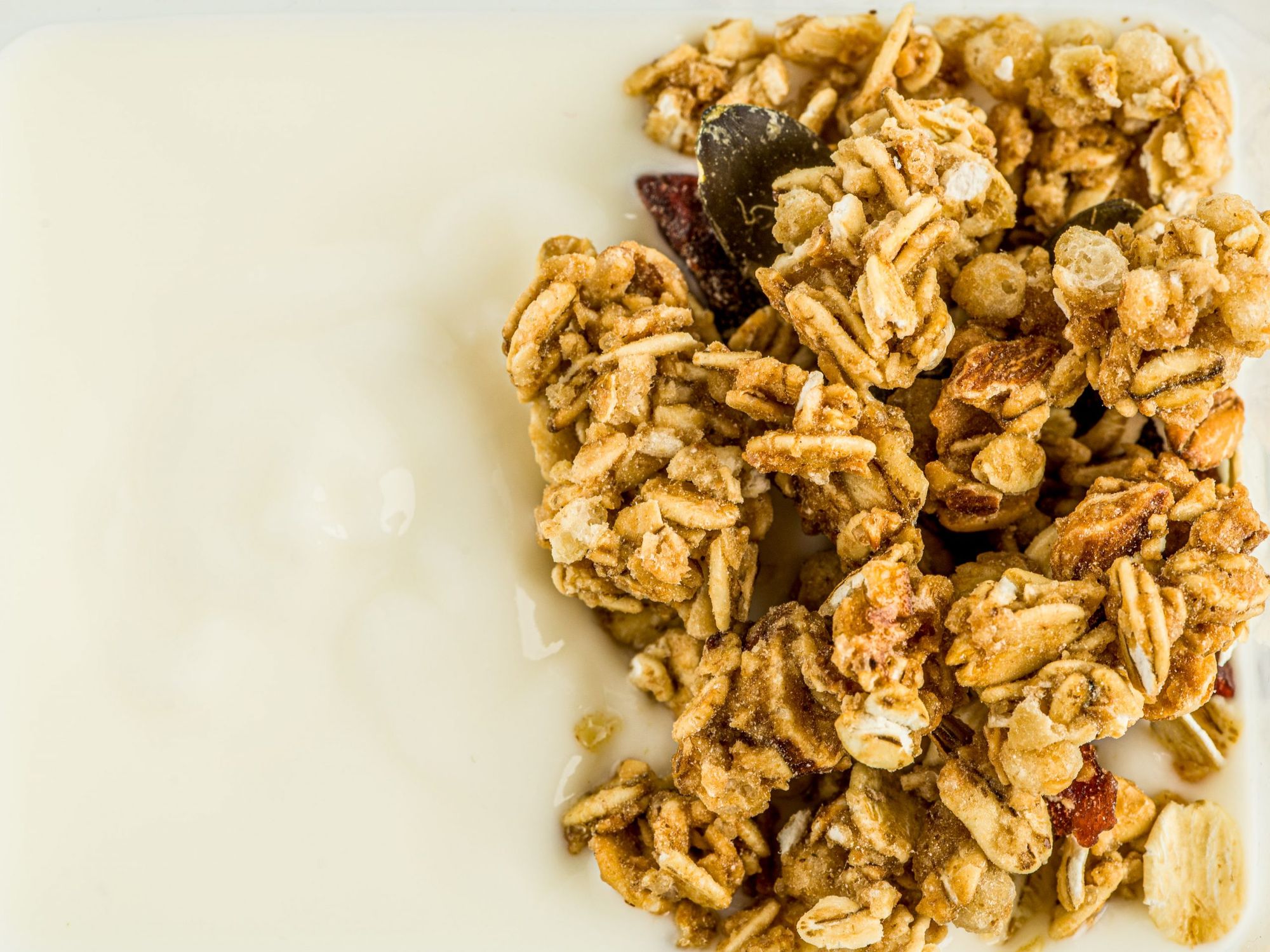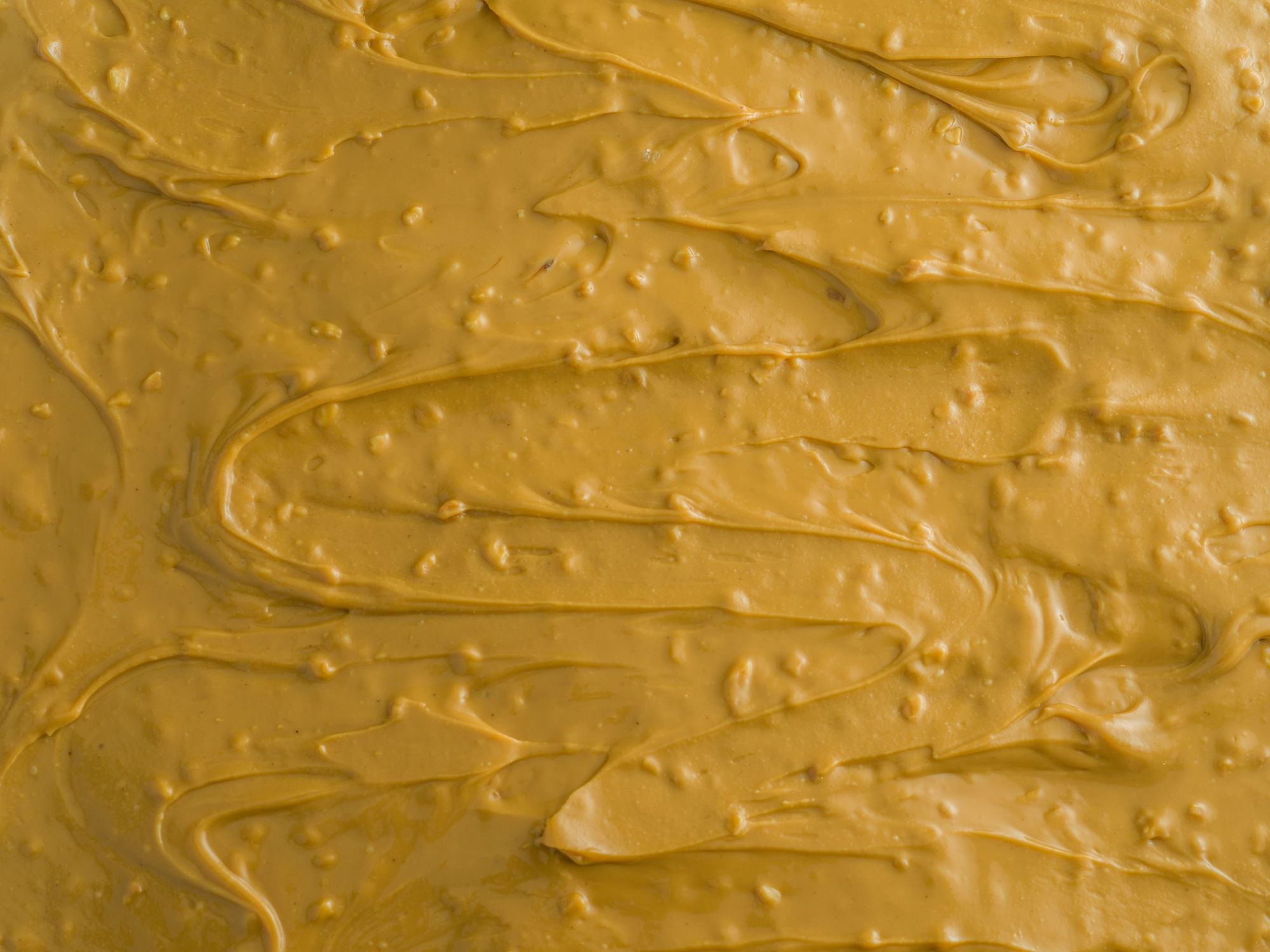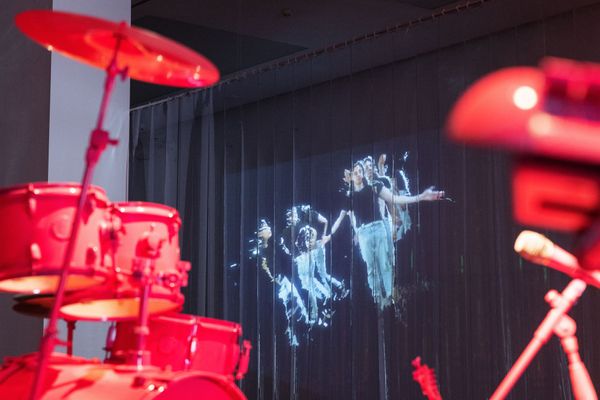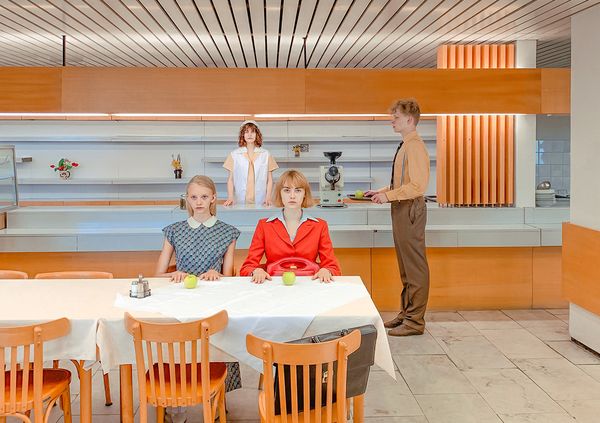We continue our series of reversed food experiences, where we try to recall the perceptions associated with eating with photos. This time we take a look at the creamy and crispy opposite, which together and separately belong to the most important pleasure factor.
When you ask someone what is their favorite food texture, or which one gives them the most pleasure, plenty of people refer to the creamy and/or crispy, or the opposite of the two. The sticky/gooey texture we wrote about in the previous part is rather a form of excitement, a “grotesque pleasure”, which can liberate us and we feel like a child again, while the above two do not have such double connotations. Food engineers and product developers know this when they try to maximize the properties of different foods. For example, it is well known that potato chips brands carry out ongoing research into how potato or corn chips become as crispy as possible, and how they keep their perfect texture for the longest time, even if they are exposed to moisture or break in the packaging.

The irresistibly crispy texture is caused either by the presence of moisture (e.g. with fruits) or by its extreme absence, although things with extra-high water content will never be crispy on their own—the surface of the grilled cheese is also affected by the heat that caramelizes the sugar in it while the water evaporates. Of course, we can use different tricks: frying food in oil and making a shell that becomes easily crunchy (with the process of breading) always helps. Its level is determined by two factors: how much mechanical force is needed (for example, how hard you have to chew it) and how much the sound effect is. If the level of these is too high, it is already defined as hard, which deteriorates the pleasure value.
But what does crispness tell us? On the one hand, it gives the feeling that the food or raw material is extremely fresh, think of the apple or the fried potatoes just mentioned. In addition, this is the only texture that has a real sound effect, which makes our meals more focused and increases the experience factor. What we feel with our tongue also reinforces this when paired with striking contrast. Creaminess has the opposite characteristics: soft, silky, softens the flavors, no chewing (or teeth) is needed to consume it. It creates a friendly feeling, in fact, because subconsciously our body recognizes that it is expected to have easily digestible food (like porridge or purees given to babies, which we all ate as children). Perhaps fewer people know the fact, but research shows that the enzymes in our mouths influence what we like: for example, those who have higher levels of amylase, which is responsible for breaking down starch, prefer creamy things, because the enzymes have faster access to the sugar in them, which then gets into the bloodstream sooner.
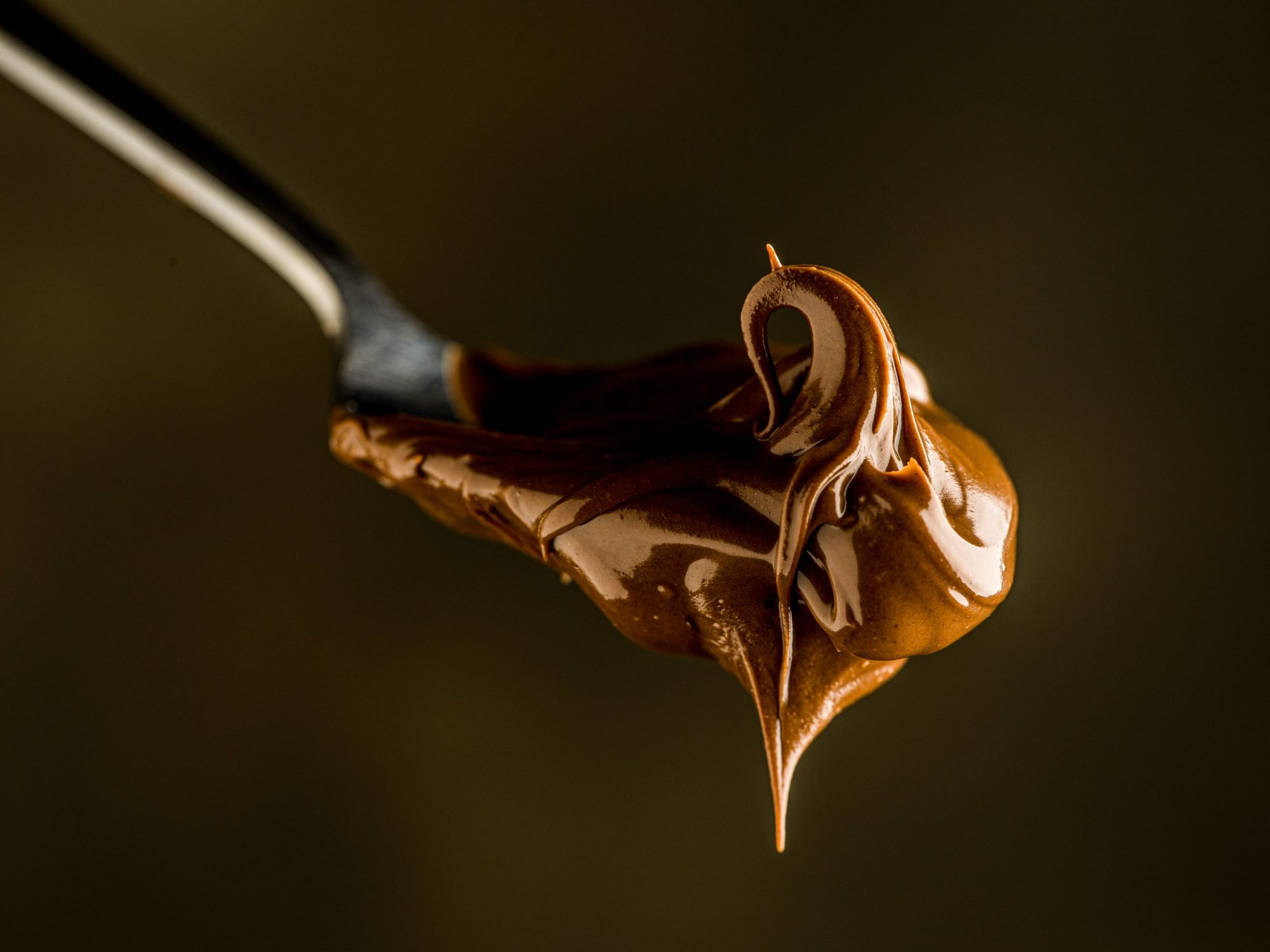
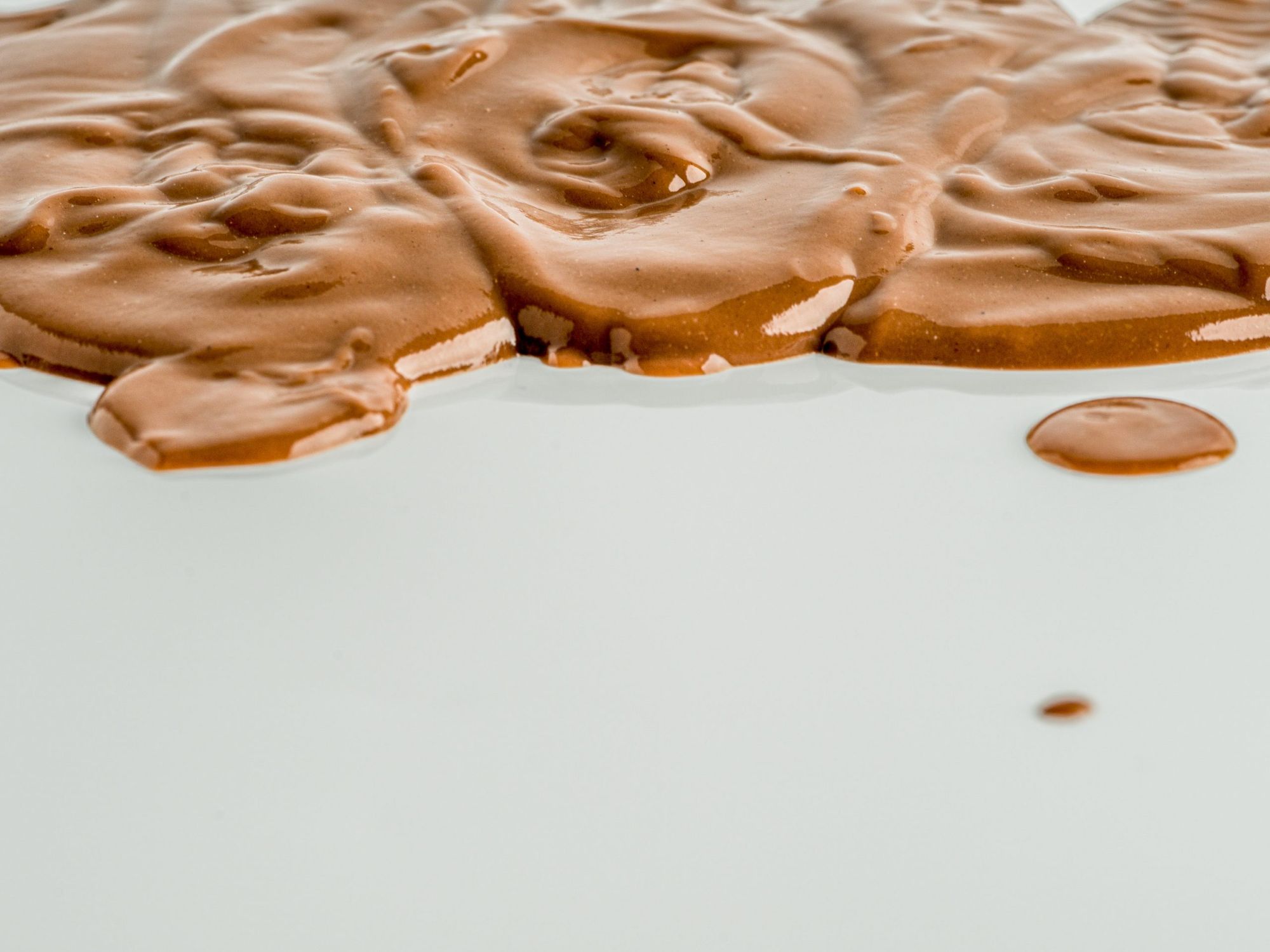
If we are dealing with spoken and written language, we can make interesting findings. In the Hungarian language, too, countless expressions and names are used, which refer to food, but show texture, e.g. krémes (a dessert that also means creamy) or kréker (cracker). The Eastern languages, e.g. the Chinese, are even richer in this respect. Already in the description of recipes and in social media we often see an attributive that does not even refer to taste, but to texture, especially in English: crunchy cookie, gooey caramel, fudgy brownie, juicy steak. With this, we draw attention to the texture that is an extra part of the food, which makes it more attractive—so much so that it makes it appetizing and also starts salivation, just like the sight of a photo.
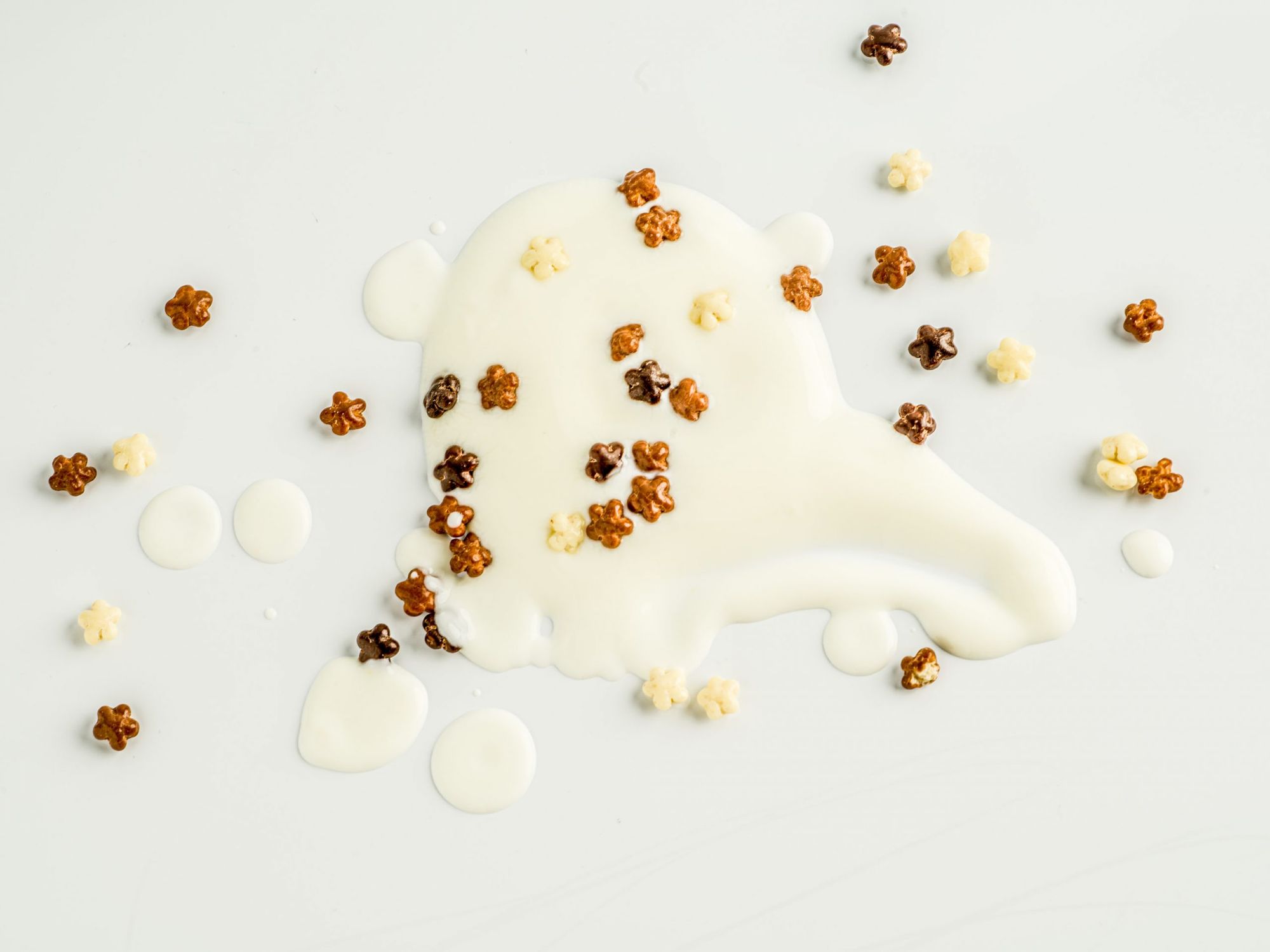
Visualizing these is challenging. Crunchiness in general is indicated by the fact that we see crumbs next to the object of the picture, which represent its fragility. The other possibility is that there is something in the picture that we know and that we know has this texture, like cereal or seeds. Creaminess may be a little easier, as amorphous, splodge-like or wave-like surfaces show it, but familiarity can also be supportive here, for example with ice cream or peanut butter. By recognizing these and using them as tools, we can make delicacies more attractive, so it is worth playing with food.
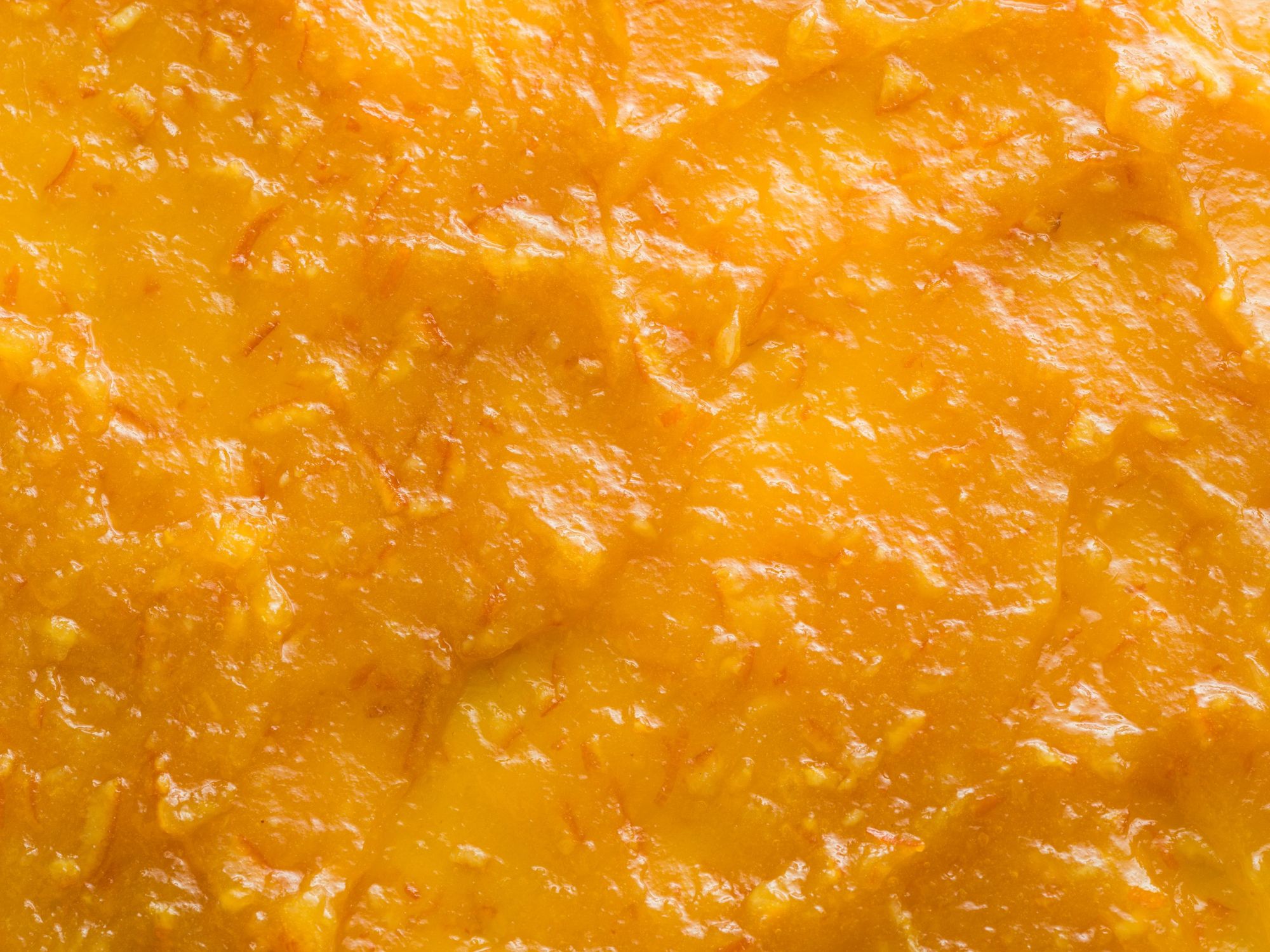
Photos: László Sebestyén
Source: Skip the Flip, Popsci, Food Crumbles










